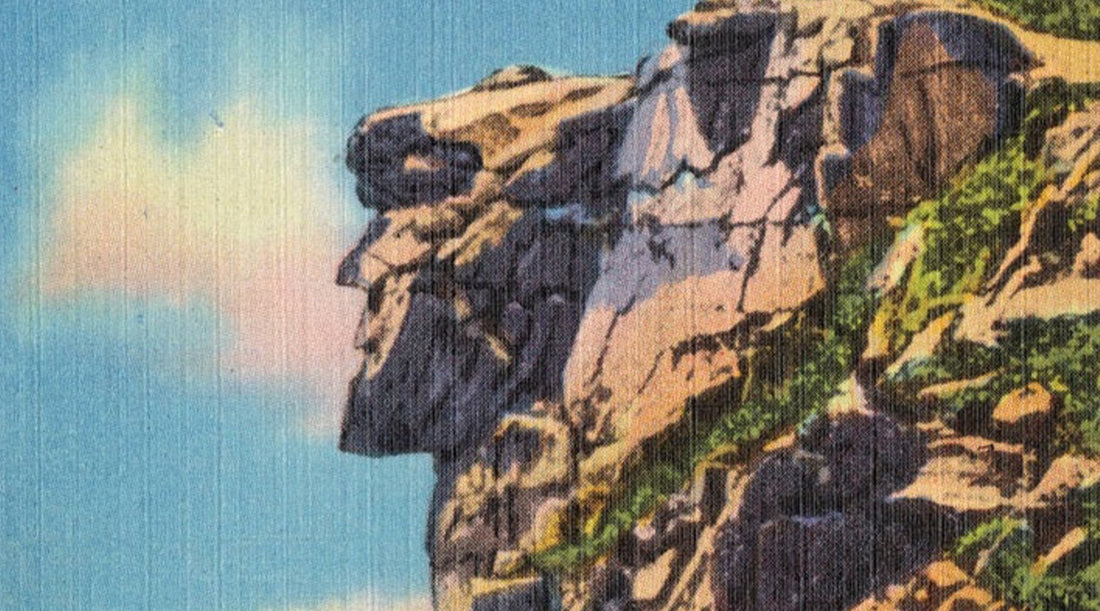The Rise and Fall of the Old Man of the Mountain
The Rise and Fall of the Old Man of the Mountain
The Old Man of the Mountain was a natural rock formation located in the White Mountains of New Hampshire. It was a beloved symbol of the state and was even featured on New Hampshire's state quarter. The formation looked like the profile of an old man with a distinctive chin and nose.
The Old Man of the Mountain was formed over thousands of years from natural weathering and erosion. It stood at a height of 1,200 feet above Profile Lake and was a popular tourist attraction. Visitors would hike to the nearby observation area to take in the stunning view and snap a photo with the iconic rock formation.
However, on May 3, 2003, the Old Man of the Mountain collapsed. The news shocked people across the state and beyond. The cause of the collapse was likely due to natural weathering and erosion, as the formation had been slowly deteriorating over the years.
The collapse of the Old Man of the Mountain was a significant loss for the state of New Hampshire. Many people felt a personal connection to the rock formation, and it was a symbol of the state's natural beauty and ruggedness. In the years since the collapse, efforts have been made to preserve the memory of the Old Man of the Mountain.
One of these efforts has been the creation of commemorative t-shirts, which feature the Old Man of the Mountain in all its glory. These t-shirts serve as a reminder of the natural wonder that once stood in the White Mountains and pay tribute to its legacy.
In conclusion, the Old Man of the Mountain was a beloved natural landmark in New Hampshire that stood for thousands of years before its eventual collapse in 2003. While its physical presence may be gone, the memory and legacy of the Old Man of the Mountain live on through efforts to preserve its history and commemorate its existence.


